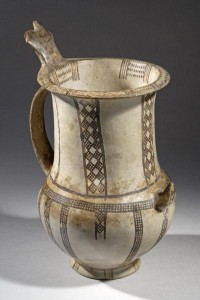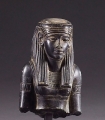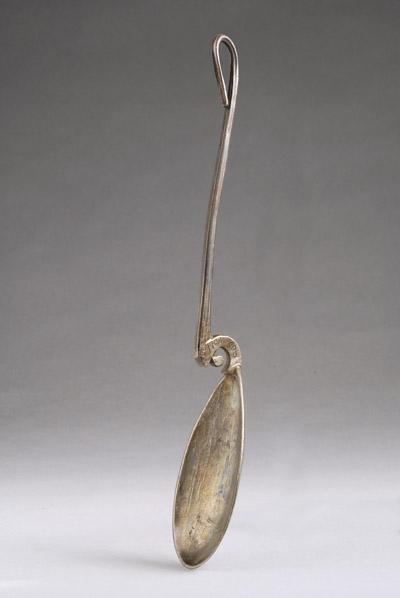
The vast wealth of archeological treasures documenting Egypt’s ancient history is housed in the Egyptian Museum, which is located on Cairo’s Tahrir Square, the site of the recent demonstrations that has led to the forcing out of the country’s long-standing president Hosni Mubarak.. Archeologist Zahi Hawass, who was recently appointed Egypt’s Minister of Antiquities, has confirmed that objects were taken during a break-in on 28 January. Eighteen objects were stolen and that some 70 other items have been damaged. A gilded wood statue of the boy king Tutankhamen being carried by a goddess is among the missing as is a limestone statue of the King Tut’s father, Pharaoh Akhenaton, holding an offering table.
During the political unrest, hundreds of people formed a human chain to protect the museum from vandals, but some looters managed to get in anyway. The museum is now being guarded by the military, as are the pyramids and the Sphinx.


![Emperor Antoninus Pius (138-161 A.D.) [detail]](http://www.antiquitiesworld.net/wp-content/uploads/2010/10/SC14150-42-234x300.jpg)



